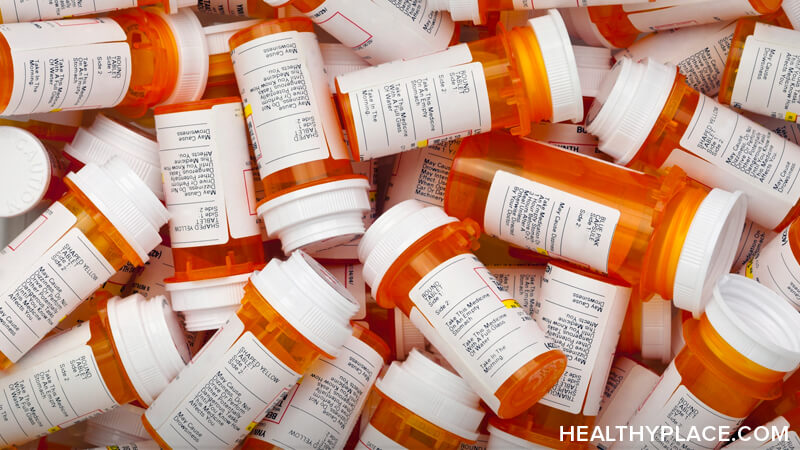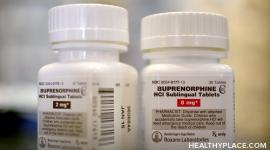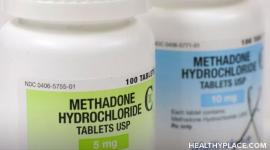Opioids Epidemic: What You Need to Know
 The United States is in the midst of an opioids epidemic. Beginning in the late 1990s and continuing thorough today, the nation has been in the throes of what “has been called the worst drug crisis in American history” (Nolan & Amilo, 2016).
The United States is in the midst of an opioids epidemic. Beginning in the late 1990s and continuing thorough today, the nation has been in the throes of what “has been called the worst drug crisis in American history” (Nolan & Amilo, 2016).
The country has seen a rapid and extreme increase in opioid use, both prescription opioid painkillers and street drugs like heroin. This increased use corresponds to a skyrocketing opioid-caused death rate. CBS News reports that in 2016 heroin killed more people than did guns. In the same report, CBS states that:
- Fatal overdoses of prescription painkillers (Vicodin, Oxycodone, and more) numbered 17,536
- Deaths from synthetic opioids like fentanyl numbered 9,580, an increase of 73 percent in one year
- Heroin overdoses killed 12,989 people, a 23 percent increase from 2015
These drugs don’t discriminate (Nolan & Amilo, 2016). While whites and Native Americans have seen the biggest rise in death rates, every demographic has experienced a dramatic increase in opioids overdoses.
One reason for the climbing opioid use and death rate is that once someone begins taking an opioid drug, opioid dependence and addiction happen fairly quickly, even after just a few weeks. With dependence and opioid addiction comes the ever-increasing need for greater quantities of opioids.
While the fact that it is easy to get hooked on opioids helps explain why the opioids epidemic in America continues to escalate, it doesn’t explain what is behind the use in the first place. Why are so many people using opioids?
Causes of the Opioids Epidemic
A major cause is that all types of opioids are easily accessible. Many people are using because they can. It’s not difficult to obtain prescriptions, especially given that people seek them legitimately for chronic pain. Prescription painkillers are common, with 200 million prescriptions for opioids filled in 2009 (Foreman, 2014). In 2016, 12 states had more opioid prescriptions than they had people living in the state (Nolan & Amilo, 2016).
In her 2016 CNBC.com report, Dina Gusovsky revealed that multiple factors help explain why prescriptions for opioids are soaring:
- Doctors often get paid by pharmaceutical companies to prescribe opioids
- Pharmaceutical companies downplay addiction risk
- Physicians don’t always discuss dependence and addiction risk
- Patient advocate groups push to get doctors to prescribe pain medications
- Patients see multiple doctors to get multiple prescriptions
The majority of misused and abused opioid prescriptions come from legal prescriptions (Gustovsky, 2016). That said, illicit drugs are part of the opioids epidemic, too. Unfortunately, illegal opioids like heroin are also readily available.
The nation’s streets have been flooded with heroin, largely from Mexican and Colombian cartels (Nolan & Amilo, 2016). Heroin is cheaper, stronger, and often easier to obtain than other street drugs. In their Frontline report, Nolan & Amilo add that people in treatment for opioids addiction have reported that accessibility is one of the primary factors in their heroin use.
Yes, the scope of this opioids crisis is huge. But what are the consequences of this rise in opioid accessibility and use?
Consequences of the Opioids Epidemic in America
The drug problem has a negative effect on individuals touched by opioid use and on the nation as a whole, with serious consequences on both public health and economic welfare.
An obvious problem is the high overdose and death rate. The National Institute on Drug Abuse reports an additional problem stemming from the use of illegal opioids: the spread of infectious diseases such as HIV and hepatitis C due to needle sharing. The same report states that an increasing number of newborns go through a period of withdrawal, called neonatal abstinence syndrome, because they were born dependent on opioids because the mother used during pregnancy.
The economic burden of the opioid epidemic is significant. The National Institute on Drug Abuse found that prescription opioid misuse costs $78.5 million per year in healthcare expenses, lost productivity, addiction treatment, and involvement in the criminal justice system. Note that the figure only takes into consideration prescription misuse, not illicit opioids like heroin.
Opioid Addiction Statistics
A look at additional opioid addiction statistics and other figures further illustrate the overwhelming nature of the nation’s opioid crisis.
- About 80 percent of the world’s opioid supply is consumed in the United States (Gusovsky, 2016)
- 21-29 percent of patients prescribed opioids for pain misuse them, increasing risk of opioid use disorder and addiction (National Institute on Drug Abuse, 2017)
- 80 percent of heroin users first misused prescription opioids (National Institute on Drug Abuse, 2017)
- In 2010, approximately 12 million Americans aged 12 and up reported using prescription painkillers for non-medical reasons (Foreman, 2014)
- From 2000-2014, the overdose death rate from opioid drugs rose 200 percent (Full House Committee on Oversight and Government Reform, 2016)
Without question, the United States is facing an opioid crisis. Knowing why people are using opioids and how they are getting them can help everyone work together to end this dangerous epidemic.
APA Reference
Peterson, T.
(2021, December 16). Opioids Epidemic: What You Need to Know, HealthyPlace. Retrieved
on 2026, January 20 from https://www.healthyplace.com/addictions/opioid-addiction/opioids-epidemic-what-you-need-to-know



